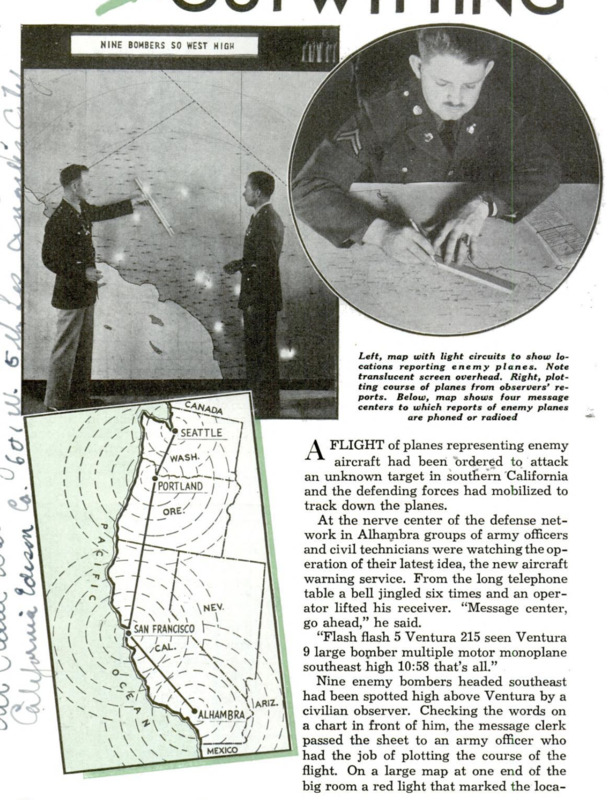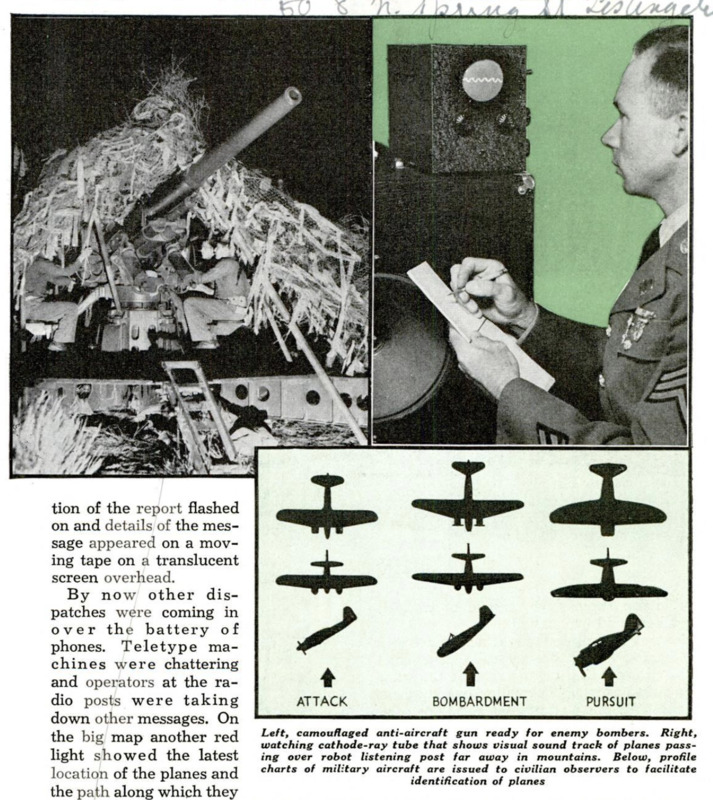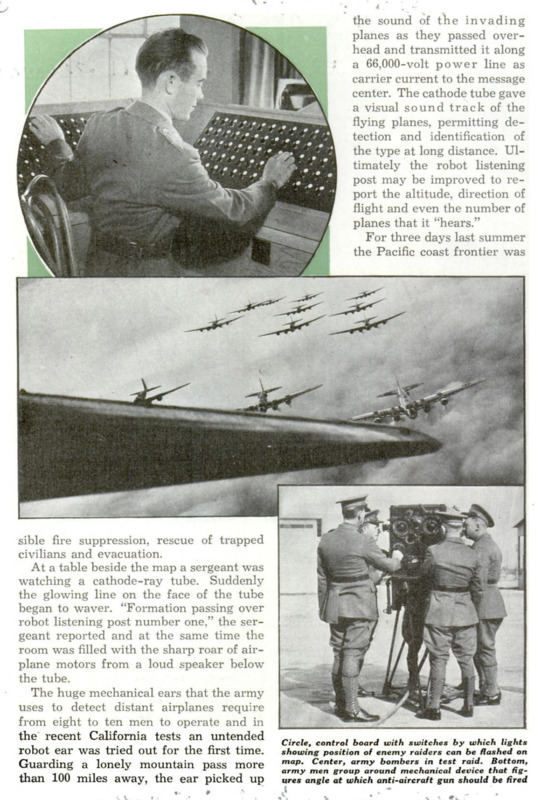Outwitting the Air Raiders
Contenuto
- Titolo
- Outwitting the Air Raiders
- Article Title and/or Image Caption
- Outwitting the Air Raiders
- Lingua
- eng
- Copertura temporale
- World War II
- Data di rilascio
- 1940-01
- pagine
- 28-31, 151A
- Diritti
- Public Domain (Google digitized)
- Sorgente
- Google books
- Referenzia
- California
- Alhambra
- Ventura
- Douglas
- Santa Monica
- Seattle
- Portland
- San Francisco
- New England
- Los Angeles
- American Red Cross
- Archived by
- Enrico Saonara
- Alberto Bordignon (Supervisor)
- Copertura territoriale
- United States of America






